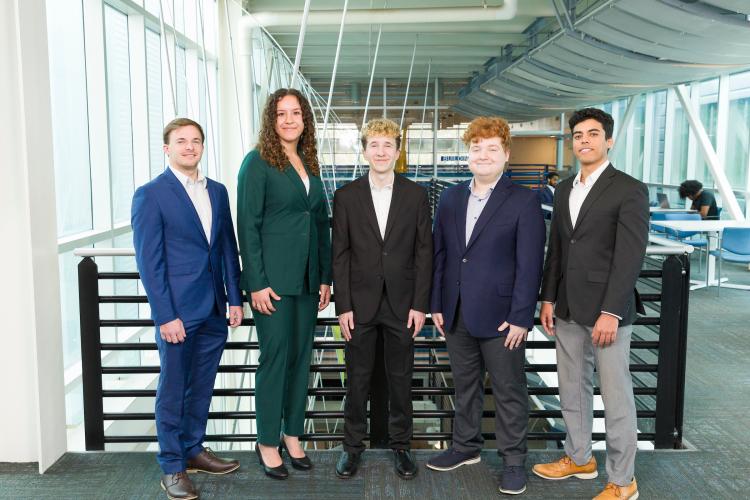
Inexperience is a major cause of car accidents, often due to mistakes made when learning to drive. Like any skill, driving takes practice, but errors on the road can lead to serious consequences. With new technology, there are better ways to teach driving. One promising tool is simulation. Driving simulators create a safe space for new drivers to gain confidence and improve their skills. Unfortunately, simulators can be expensive and difficult to use, which limits access for students and schools.
We set out to change that. We developed an affordable driving simulator at the College of Engineering to show how technology can improve driver education without costing a fortune. The simulator included a 3D model of the campus, a steering wheel, pedals and a driver’s seat. We added realistic features to make it more useful for teaching.
Our design prioritized balance between realism and affordability. Simulation of environmental details, interactive objects and driving challenges made it more engaging. Haptic feedback through the steering wheel replicated textures and impacts, while an AI algorithm reviewed driver performance and provided feedback. We designed each feature to maximize improvement while keeping costs low by building on existing hardware and software.
We tested each feature using structured gameplay and a verification chart to ensure it worked correctly. By combining innovation with affordability, we made the simulator more effective and easier to access for teaching new drivers.
Carson Burke, Milyema Krivit, Nolen Levin, Justin Pollack, Andrew Williams
Abdulrahman Takiddin, Ph.D.
Texas Instruments
Spring
